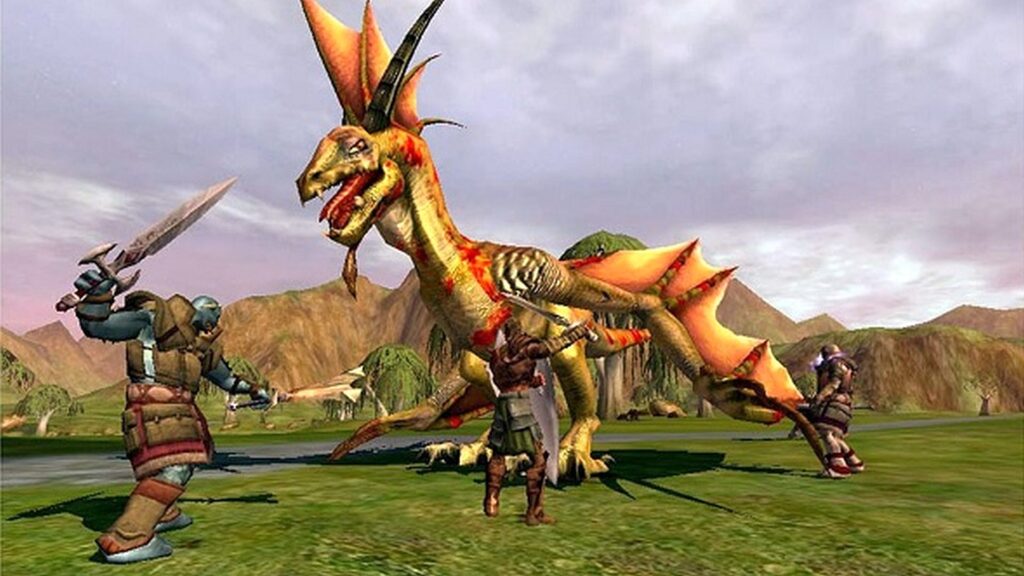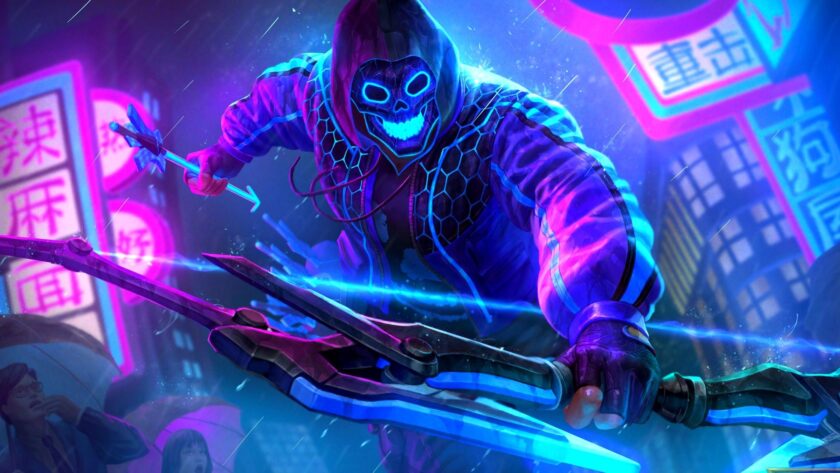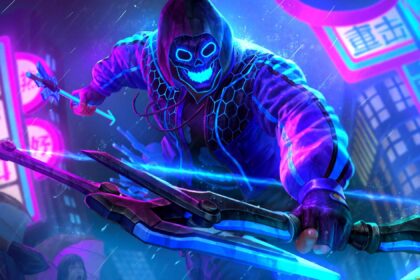Introduction
Gaming has always been about fun, competition, and community. From the days of arcade machines to massive online multiplayer worlds, the industry has continuously evolved. In recent years, however, a new trend has shaken up the gaming world: NFT gaming. At first glance, NFT gaming may look like traditional gaming with fancier graphics and new mechanics, but under the hood, it operates on a completely different philosophy—one that ties digital ownership, player rewards, and real-world economics into the experience.
So, what makes NFT gaming different from traditional gaming? And why are players, developers, and even investors paying close attention? Let’s break it down.
See more: Use these free and paid ways to promote your NFT launchpad project
What Is Play-to-Earn?
In traditional gaming, players invest money in buying a game, upgrading characters, or purchasing in-game skins and weapons. While these digital assets may enhance the gameplay, they ultimately remain locked within the game’s ecosystem. If the game shuts down, so do your hard-earned items.
Enter play-to-earn (P2E) gaming. Instead of spending money on items with no resale value, players in NFT games earn digital assets that hold real-world value. These assets are represented as non-fungible tokens (NFTs) on a blockchain. Each NFT is unique, verifiable, and tradeable outside of the game itself.
For example:
- In Axie Infinity, players earn tokens and breed creatures (Axies) that can be sold for cryptocurrency.
- In The Sandbox, gamers buy virtual land parcels that can appreciate in value.
- In Illuvium, rare creatures and items are tradable NFTs with market demand.
Unlike traditional gaming, where the economic benefits flow mostly to developers, play-to-earn allows players to share in the financial rewards of their time and skill.
How NFTs Add Value to Gaming
The main difference between NFT gaming and traditional gaming lies in ownership.
In a traditional game:
- You buy a sword skin for $10. It looks cool but has no value outside the game.
- The developer controls it completely. You cannot resell or profit from it.
In an NFT game:
- You buy or earn a sword as an NFT. That NFT belongs to you, stored securely on the blockchain.
- You can trade it in secondary marketplaces, lend it to another player, or even move it to another compatible game.
This new model adds three layers of value:
- True Ownership – Players have control of their assets, not just a license.
- Liquidity – Items can be bought or sold for cryptocurrency or real money.
- Interoperability – Some NFT projects envision a “metaverse” where assets can travel across different games and platforms.
This concept flips the gaming economy upside down. No longer are skins, weapons, or characters sunk costs—they become investments or potential income streams.
The Rise of Play-to-Earn Communities
NFT gaming isn’t just about making money; it’s about building economies and communities.
In traditional gaming, communities thrive on forums, Twitch streams, or Discord groups, often centered on strategies, tournaments, or fan culture. NFT gaming communities, however, often go further. They act as micro-economies where players, traders, and investors all interact.
Take Axie Infinity’s success in the Philippines as an example. During the pandemic, thousands of players began earning more from playing Axie than from local jobs. This led to the rise of “scholarship programs,” where wealthy NFT owners lent their assets to new players, sharing profits in return.
Similarly, games like Decentraland and The Sandbox have created entire virtual worlds where players not only socialize but also build businesses, host concerts, and trade digital real estate. These communities blend gaming, work, and social interaction in ways traditional gaming cannot.
This creates a sense of belonging that extends beyond entertainment—players become stakeholders in the ecosystem.
Challenges and Concerns
As exciting as NFT gaming sounds, it comes with significant challenges that must be addressed for it to thrive long-term.

1. Market Volatility
The NFT and crypto markets are highly volatile. The value of in-game assets can skyrocket overnight—but they can also crash just as quickly. Players who invest heavily risk losing money.
2. Scams and Fraud
The hype around NFTs has attracted bad actors. Rug pulls, fake NFT drops, and scam projects are common, making it risky for newcomers without proper research.
3. Environmental Concerns
Blockchains like Ethereum have faced criticism for their energy consumption. While newer eco-friendly blockchains (like Solana, Polygon, and Immutable X) are emerging, the perception of NFTs as harmful to the environment still exists.
4. Barrier to Entry
Some NFT games require expensive initial investments. For example, starting out in Axie Infinity once required buying three Axies, which cost hundreds of dollars during the peak hype. While scholarship programs help, the barrier remains a concern.
5. Gameplay Quality
Many NFT games are still in early development, with gameplay often secondary to the earning mechanics. Critics argue that unless NFT games can match the immersive experiences of traditional gaming, they risk alienating core gamers.
The Future of NFT Gaming
Despite the challenges, NFT gaming is showing remarkable growth and potential. The industry is evolving rapidly, and several trends hint at where it’s heading next:
- Mainstream Game Studios Joining In – Major publishers like Ubisoft and Square Enix have already shown interest in blockchain integration. Expect more AAA studios to experiment with NFT-based economies.
- Better Gameplay Experiences – As the space matures, games will shift focus from quick-profit models to deeper, engaging experiences where NFTs are seamlessly integrated.
- Metaverse Integration – With the rise of metaverse platforms, NFTs could serve as cross-game avatars, tools, or real estate, blurring the line between gaming and virtual living.
- Regulation and Security – Governments may introduce regulations to protect players from scams and ensure fair play, which could legitimize the industry.
- Sustainable Blockchains – As greener blockchain technologies gain adoption, environmental concerns may fade, making NFT gaming more socially acceptable.
In short, while traditional gaming remains dominant, NFT gaming is carving its own niche that could reshape the industry in ways we’ve never seen before.
Conclusion
The real difference between NFT gaming and traditional gaming lies in one simple word: ownership. Traditional games offer entertainment and community, but assets remain locked in centralized systems controlled by developers. NFT gaming flips that model, allowing players to own, trade, and even profit from their in-game efforts.
That said, NFT gaming isn’t without risks. Market volatility, scams, and environmental concerns are real challenges. Yet, as technology advances and communities grow, NFT gaming has the potential to become a cornerstone of the digital economy.
For gamers, it’s an exciting new frontier—one where your sword, land, or character isn’t just pixels on a screen but an asset that you truly own. For the industry, it’s a bold experiment in blending play, profit, and participation.
Whether NFT gaming will complement or eventually rival traditional gaming remains to be seen, but one thing is clear: the way we think about games, ownership, and digital economies will never be the same.


